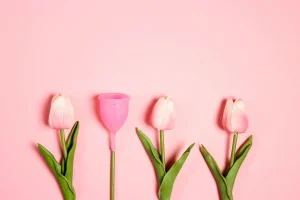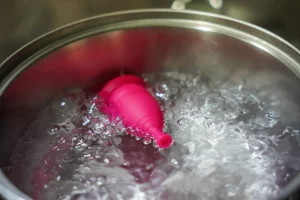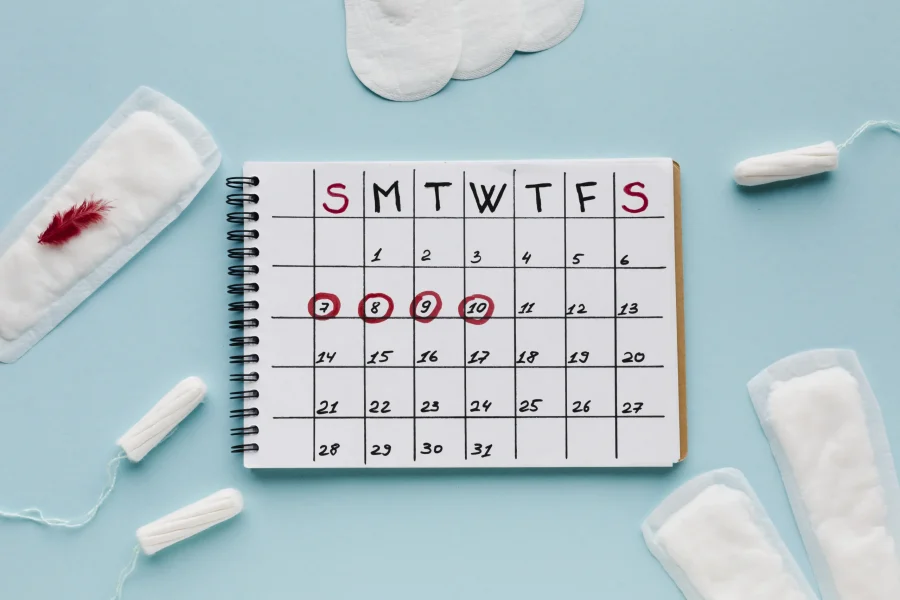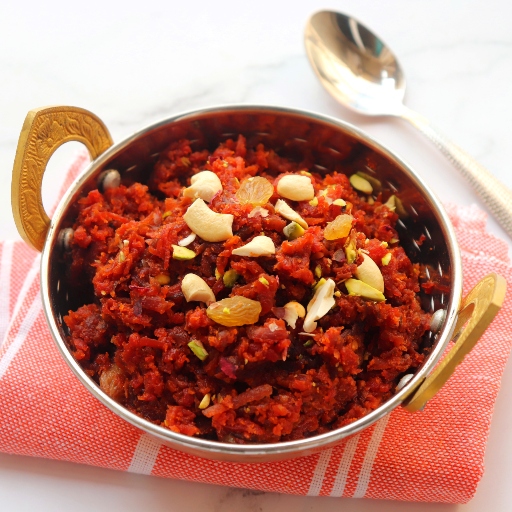
What is a Menstrual Cup?
Menstrual cups are an eco-friendly alternative to tampons and pads for women during periods. It is a funnel shaped cup made from medical-grade silicon or rubber and is used during menstruation. Menstrual cups are small and flexible and can be inserted into the cervix to collect menstrual blood. It can be used for around 10 to 12 hours depending on your flow. The cup is folded and inserted, where it then pops open and creates a seal against the vaginal walls, preventing any leaks. You simply remove it, empty the contents, rinse or wash it before reinserting it.
Is it Safe to Use?
When washed and cared for properly menstrual cups are safe to use, as safe as tampons or sanitary napkins. The materials used to make a menstrual cup are usually medical grade silicon or rubber which are hypoallergenic non-toxic and do not disturb your vagina is pH balance. In fact the risk of toxic shock is very low in the case of menstrual cups as compared to tampons or sanitary napkins. Tampons usually create a dry environment for bacteria to grow but menstrual cups do not support this environment as the material used doesn’t change the pH balance or dry you up.
How to Choose the Right One
When it comes to menstrual cups there are many options out there, so it’s all about taking the right menstrual cup according to your body.
Size and Fit
The size of a menstrual cup doesn’t just depend on your flow, it depends on factors like whether you have given birth or not, the strength of your pelvic floor muscles, etc. For women under 30 who have not given birth generally smaller cups are recommended. Larger cups are for those over 30 or who have given birth vaginally or have a heavier flow. Before deciding which size to buy it is ideal to measure your cervix height.
Material and Flexibility
The material and flexibility is an individual choice. You can only find out which one you prefer by trial. The material’s firmness matters, a firmer cup is easier to insert and pop open, but a softer one might be more comfortable if you have a sensitive bladder. A good, firm, medium cup is often considered beginner friendly.
Factors to Consider Before Buying
Before you buy, think about your flow, your lifestyle, and your body. If you’re an athlete, you might need a firmer cup. If you have a sensitive bladder, you might prefer a softer one. And of course, don’t forget to check the reviews. Real people’s experiences can be super helpful. Some pointers to keep in mind:
- Comfort with insertion and removal
- The heaviness of your flow
- Sensitivities or allergies to the material
- Lifestyle and levels of physical activity
- Brand reputation and ease of cleaning the cup
How to Use a Menstrual Cup
Before you insert the cup
Before using the cup, wash your hands thoroughly with soap and water. Cleanse the menstrual cup with a cup specific cleanser or an unscented soap or an intimate wash. Whenever you use the cup for the first time, during every cycle, you must sterilise it by boiling it in water for a few minutes. This is non-negotiable for good hygiene and to avoid any infections.
How to insert a menstrual cup
There are several folding methods. The most popular ones are the C-fold and the punch-down fold. For the C-fold, you just flatten the cup and fold it in half to make a ‘C’ shape. The punch-down fold involves pushing one side of the rim down into the cup. Insert the folded cup into your cervix, aiming towards your tailbone, not straight up. Once it’s in, release the fold. The cup should pop open. You can run your finger around the base of the cup to make sure it’s fully open and sealed against the vaginal walls to avoid any leakage.
When and how to remove it
On the toilet, gently squeeze the base of the cup to break the vacuum seal. Once the seal is broken, wiggle the cup out gently, while keeping it upright to avoid any spills. Empty the contents into the toilet, and rinse the cup. You can remove your cup every 10-12 hours.
Cleaning and aftercare

Every time you empty the cup, rinse it with unscented soap or cup cleaner. However when you find yourself in a public washroom, just use a wet paper towel or a cup wipe. Before and after every cycle, sterilize the cup by boiling it in water. Once your cycle is over, store the cup in it’s breathable pouch.
Advantages of Using Menstrual Cups
There are multiple pros of using menstrual cups:
- They are reusable and therefore great for the environment
- They are cost effective in the long run
- They are convenient because you can use them for longer hours without risking leakage
- There is little to no risk of Toxic Shock
Disadvantages and Possible Side Effects
Most of us are new to menstrual cups, and that means there’s a learning curve involved. It takes practice before you can neatly remove and reinsert the cup neatly. For some they can be a bit uncomfortable at first. Also, improper cleaning can lead to .
How Much Do Menstrual Cups Cost?
The cost of a menstrual cup may vary, you can get a decent cup from a dependable brand for somewhere around 250-300 rupees and it can go up to 1000 rupees, depending on your preference. Considering this is a one-time purchase that can last for years, a menstrual cup saves you a lot of money in the long run.
How Many Times Can a Menstrual Cup Be Reused?
A menstrual cup can be used for up to 5 years or more depending on the brand. But if you can afford it, change it every 6-12 months. Also any discoloration or unusual smell means it’s time to change your cup.
The Bottom Line
Menstrual cups are a great option for people looking for a more sustainable, cost-effective, and comfortable alternative to traditional period products. They might take a little practice, but once you get the hang of it, they make your life easier and save you money.
Frequently Asked Questions
Yes, absolutely. The hymen is not a sealed barrier. It is a thin membrane that can stretch. However, using a smaller size cup and taking your time is recommended.
Yes, you can. They are perfect for overnight use because they can be worn for up to 12 hours.
A menstrual cup must be emptied and cleaned twice a day. You can wear it for 10-12 hours depending on your flow.
Yes, if not cleaned properly, menstrual cups can cause infection.





 1800-270-7000
1800-270-7000








